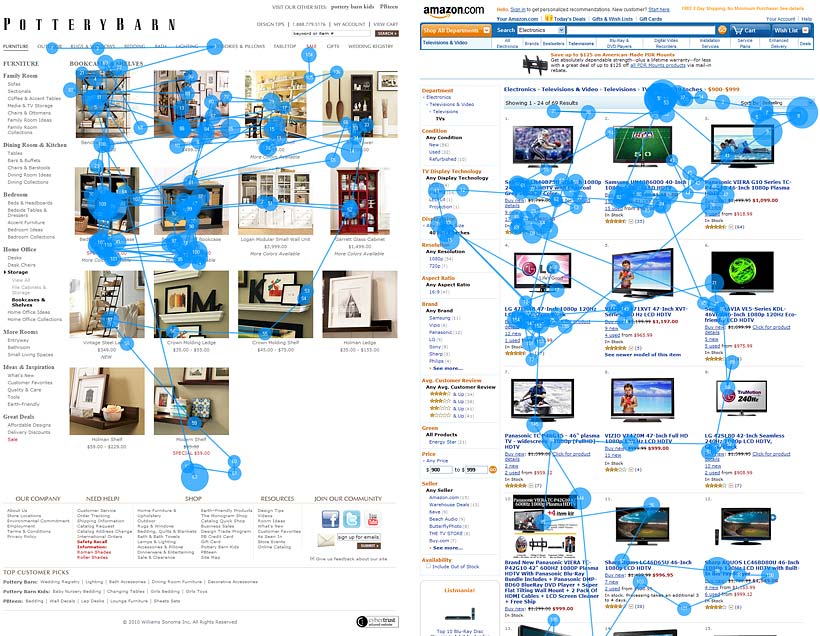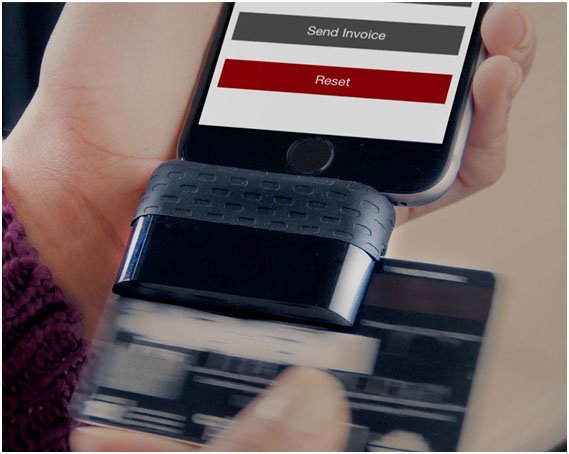If your online sales are lagging, a few thoughts immediately come to mind. Like: "Am I getting enough traffic?" Or, "Is my stuff too expensive?"
Low sales can happen for any number of reasons, but the good news is that there are many simple improvements you can make to your listings that will allow you to sell basically anything you have at any price you want!
When making decisions about what to buy online, customer decision making comes down to 3 key aspects – the Positioning, Images, and Description of your product listings. Making a few simple enhancements can be the difference between selling a $1500 job or $5 product!
Today we’re going to talk about some easy changes you can make to your online products so they can sell better without discounts or sales!
BETTER PRODUCT POSITIONING
Make customers think your prices are a steal (without discounts)
If an item is truly out of your target’s price range, there’s not much to be done. (You can’t sell a $100 toaster to a person with only 20 bucks in their pocket.) But there are tons of clients out there who can (and will!) pay what you ask!
All we need to do is position your items in a way that easily overcomes the “too-much” sensor in the brains of people who do have the cash to buy your products.
One way to sell high-dollar items is to make them look like a steal. The easiest way to do this is to make your product look like a bargain by putting a more expensive option right next to it.
This is marketing 101 stuff. And it’s actually a documented phenomenon called the contrast effect. There’s a famous study about it that was published in the Journal of Marketing Research. It goes like this:
Nobody was buying Williams-Sonoma’s $275 bread maker … until they put a $429 one right next to it. Basically, the same product, just WAY more expensive.
Guess what happened? Sales on the "cheaper" $275 bread maker doubled!
Williams-Sonoma sells twice as many breadmakers without discounting their product or adding a cheaper option! All they did was introduce a more expensive item to make their regular-priced breadmaker look like a steal. And if anyone bought the super-expensive model, then hey. That’s another 400 clams in their pocket. There’s basically no downside to this strategy.

(Image Source: Williams Sonoma)
So how might this apply to your sales?
If you’re struggling to sell a $1000 product or service, try introducing a more expensive "luxury" option alongside it. Don’t worry if nobody buys the ultra-luxe product, that’s not why it's there. You’re simply using the expensive item to make the original price tag more palatable.
Another strategy is something called price anchoring. This is a tactic that I’m sure you’ve experienced firsthand…
A fundraiser calls and asks for a huge donation. Maybe $500. You obviously decline (which, honestly, they’re expecting you to). But then they follow up with a more "reasonable" amount… just $50. That’s way better, right? Turns out, if you let donors decide how much to give, you see a trickle of $5 and $10 donations. But by leading with a high number, consumers consider $50 a bargain!
You can try this tactic by reordering your store to show more expensive items first. After a $2000 item, $1000 looks like a steal. Have all your same products, just sort them from top dollar to bottom.
Notice that none of this involved cutting your prices or discounting products. You’re simply creating a perception of value by arranging your products in a more appealing way.
BETTER PRODUCT IMAGES
Customers eat with their eyes... show your products at their very best!
Whether you’re selling waffle irons or luxury cars, the images you choose can make or break the sale. Without a number of high-quality images to represent your product, a customer will turn away for one that looks more appealing.
67% of consumers consider image quality
“very important” when making a purchase online.
- National Retail Federation
Take a look at your images and see if they represent your product at its best.
Is the lighting great? Do you show the product from multiple angles? Do you get up close and show details? Do you show the product in action? Are your products in perfect condition?
Remember: your shopper can’t hold the item and inspect it themselves before buying. You want to include lots of different angles for the customer to see how the item will actually look when used in their daily life.
So if you’re selling dresses or accessories, you’ll ideally want to show your dress on an actual body. Perhaps several bodies, so the customer can visualize how it will look on their body type. Take photos of every color or style of your product, don’t just leave it up to the customer's imagination!
Also, make sure all of the photos you use for an item look like they go together. Creating seamless visuals will help you craft a brand that looks high-end and commands a higher price tag.
BETTER PRODUCT DESCRIPTIONS
Write compelling product descriptions that capture the imagination
I know. Writing product descriptions can feel hard and boring. But think about it from the customer’s perspective. They want to know what they’re buying!
How long should your description be? What does it need inside? This depends on what kind of product you’re selling and if your customer will care more about how it LOOKS or how it FUNCTIONS.
Here’s another bit of science: The Nielson Group did a study about how customers look at photos of products online. They compared what customers looked at more when shopping for bookshelves and TVs. Would customers read the descriptions or rely on the images?
They found that customers really intensely studied the photos of bookcases, but basically ignored pictures of TVs. In fact, when looking at TVs on Amazon, customers spent 82% of their time READING instead of looking.

A Nielson Group study compared how users shop for bookcases vs. TVs online. Eye-tracking data reveals images of bookcases were studied intensely, whereas thumbnails of flat-panel TVs were mainly ignored. In fact, on the full Amazon page (only the top part is shown here), only 18% of the viewing time was spent on the photos, while 82% was spent on the text.
Why? Well, let’s think about it.
When you’re shopping for a bookcase, you know it’s going to hold books. The big difference is how the product looks. Is it an oak finish or pine? How tall or wide is it? How would it look in your living room?
Flat-screen TVs basically look the same. The difference is in the detailed specs. Is it a smart tv? What's the picture quality? How many HDMI ports does it have?
It's helpful to think about what matters to your customers and consider the thought process behind the buying decision.
If it’s a visual decision, you have the freedom to write shorter, more “emotional” descriptions and reinvest in showcasing better photos.
If your product's specs matter most, spend the time to really detail the reasons your customer should buy it. It'll be time well spent!
Use Bullet Points
Confused yet? It’s OK. If all else fails, just make your description easy to read and easy to scan. Make the important points stand out by using bullets, and even if your visitors scan over your brilliant text, they'll get the nitty-gritty details that are designed to stand out.
Use a short-ish description with scannable bullet points and a few high-quality photos.
Done and done.
ABOVE ALL ELSE, DON’T BE AFRAID TO EXPERIMENT!
The cool thing about your online store is that you’re not printing a catalog. You’re working online, where things can change with the click of a mouse. Trying out a new technique or positioning idea is really easy and low-risk.
Would you sell more if you feature it on your homepage banner? Would reorganizing your product categories make any difference? Do touchy-feely product descriptions work better than factual ones?
No way to know but to give it the old college try. Monitor your results and see what works best for your products and customers.
If you’re not afraid to experiment with your positioning, imagery, and site content, you can uncover some tactics that really work for your market and your brand.






Leave a comment
0 Comments